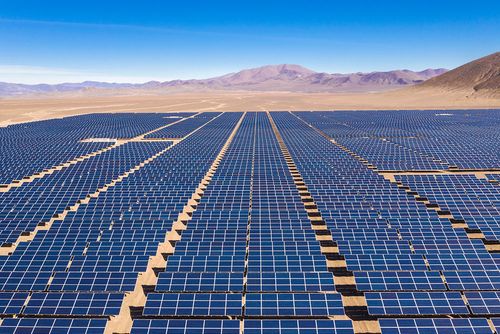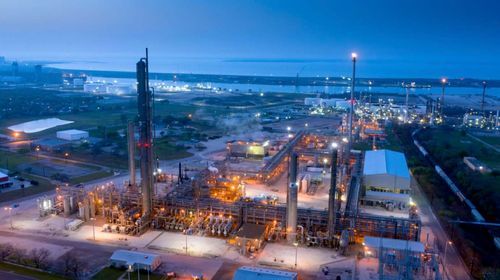A new research note from Longspur Research examines the potential for hydrogen in a decarbonized economy, noting biofuels upgrading with green hydrogen as a promising path forward for clean fuels developers.
The note calls for realism with respect to where hydrogen does and does not make sense, but acknowledges that long-term demand for justifiable use cases for hydrogen could amount to 447 million tons annually, with the main opportunities related to projects in ammonia, methanol, biomethane, grid balancing and refueling.
One of the standout use cases? Upgrading biofuels using green hydrogen to enhance output or make derivatives like methanol.
“The clean energy project of the future may be an integrated project with a grid connected solar farm powering an electrolyzer with battery storage and with hydrogen produced sold to the market or upgrading the output from a biomethane or biomethanol plant,” reads the note, which was published yesterday. “This brings the operator lots of optionality with real time optimization into multiple energy markets including baseload power, peak load power, peak power, hydrogen and biofuel, with carbon credits on the side and perhaps pure oxygen as a by-product.”
The note continues, “It will be more like a downstream oil refinery managing its output mix in real time to meet the needs of varying markets.”
At the Varenne Carbon Recycling facility in Quebec, Canada, for instance, the county’s largest electrolyzer deployment so far is co-located with a biomass gasification plant to make green methanol. The project is backed by Proman, Enerkem, Shell, and Suncor.
In the case of methanol, the gasification of carbohydrate typically results in a syngas with equal parts hydrogen and carbon monoxide. Methanol, however, requires twice as much hydrogen as carbon monoxide, so adding hydrogen from an electrolyzer can increase methanol output from the same amount of feedstock.
Similarly, anaerobic digestion production can be combined with green hydrogen to double the amount of biomethane produced from the same amount of feedstock “and we see this growing as a source of demand for hydrogen production,” the note reads.
Anaerobic digestion produces biomethane and CO2, thus putting the excess CO2 through a methanation process with hydrogen produces more methane.
“Note that in both cases” – methanol and anaerobic digestion – “the amount of resulting fuel is maximized for the biomass input and, unlike pure e-fuels, no carbon capture is required other than the initial biomass photosynthesis.”
In addition to the Varennes project, Norwegian Hydrogen AS is developing biogas projects co-located with wind and electrolysis, with a first project in Denmark. KBR has launched PureM, an advanced green methanol technology that combines green hydrogen with CO2 from biogenic sources or carbon capture.







